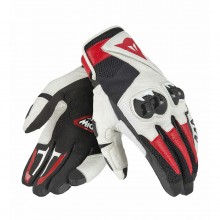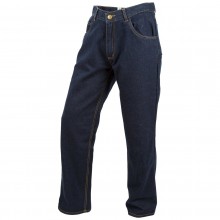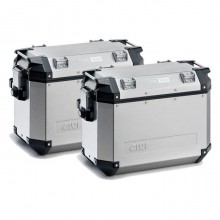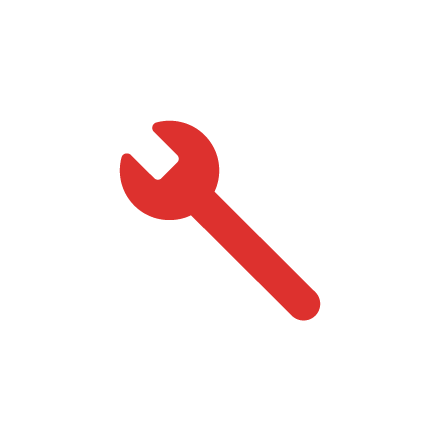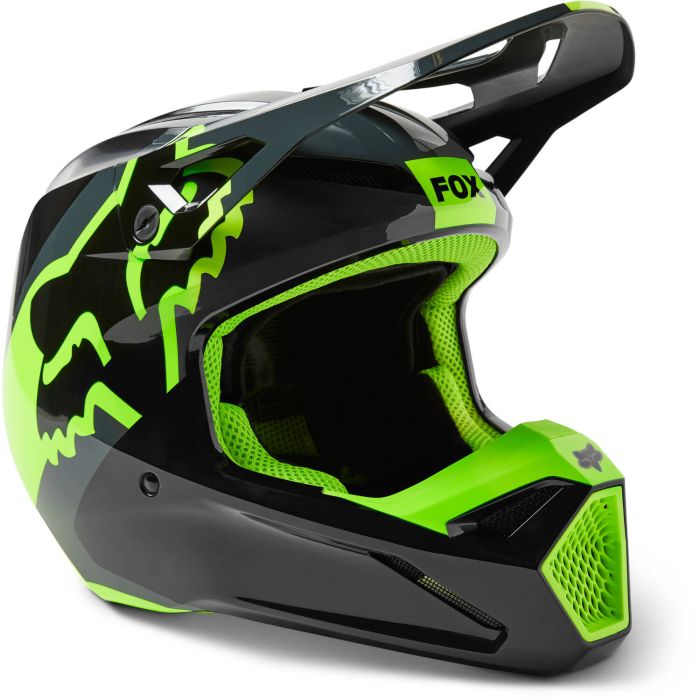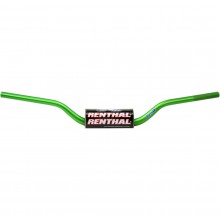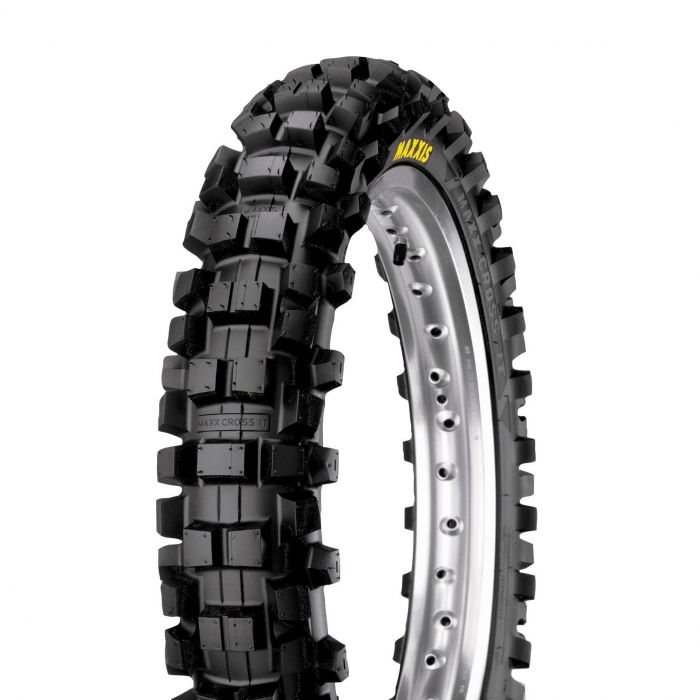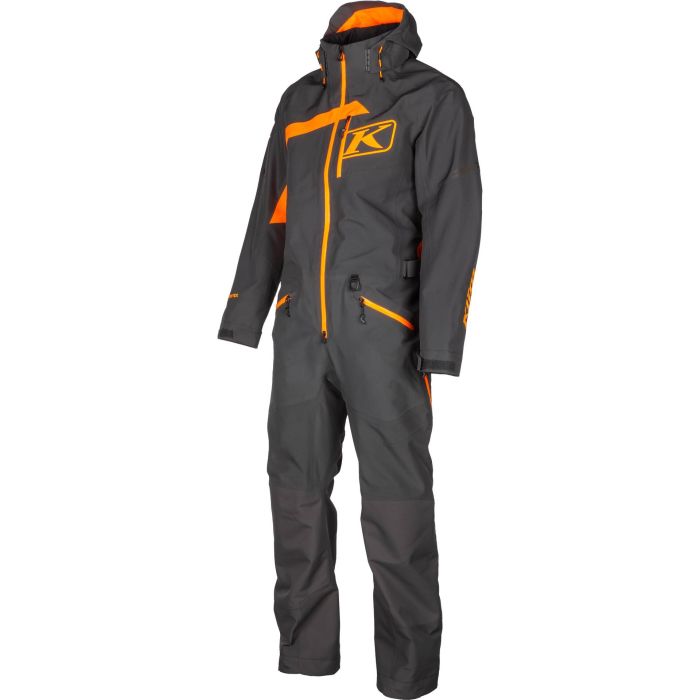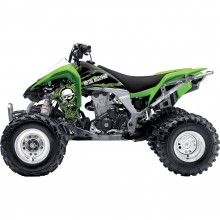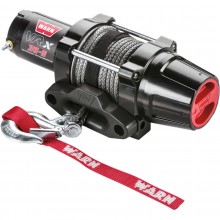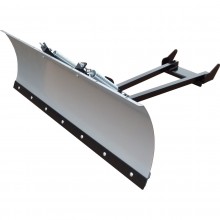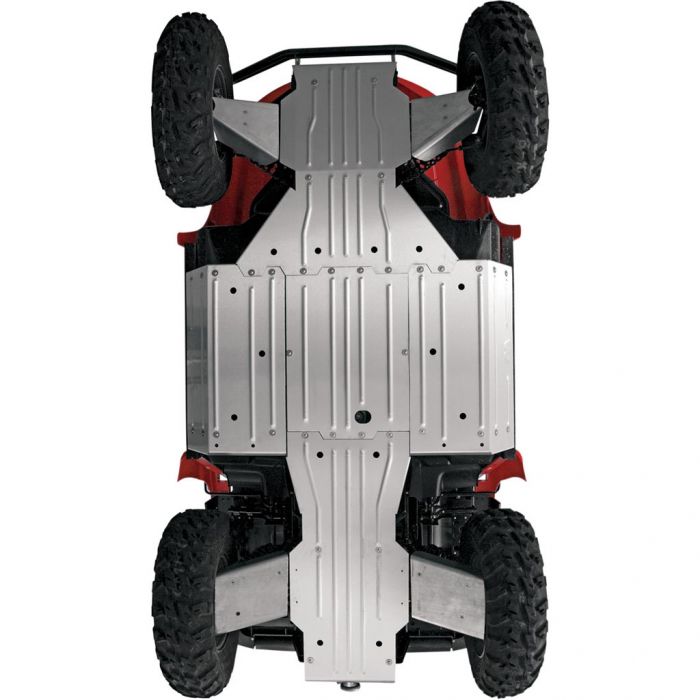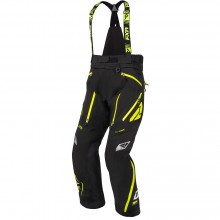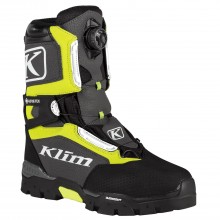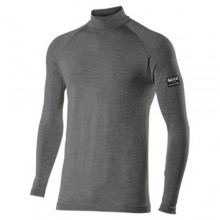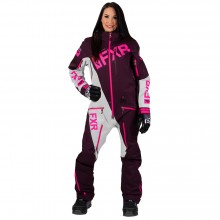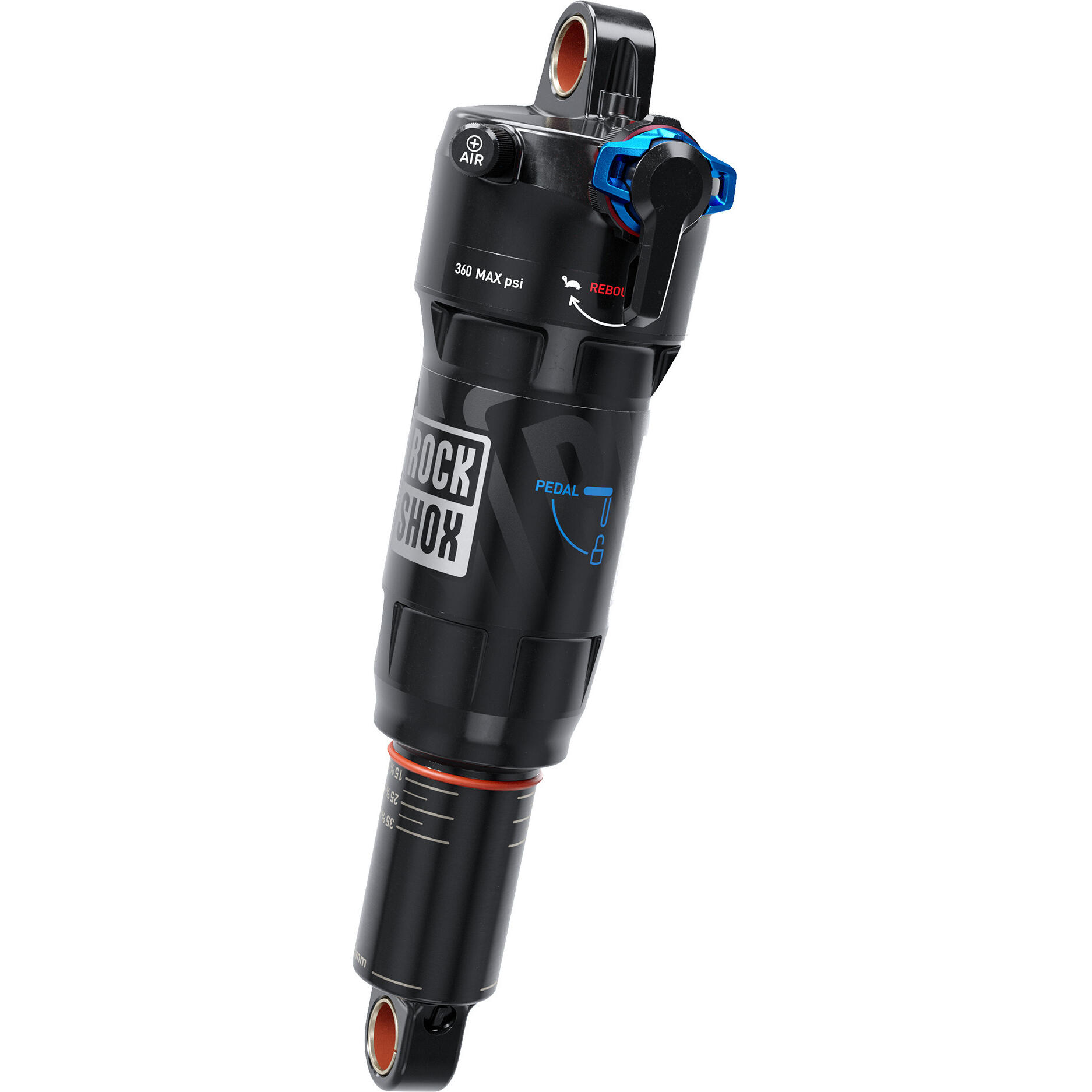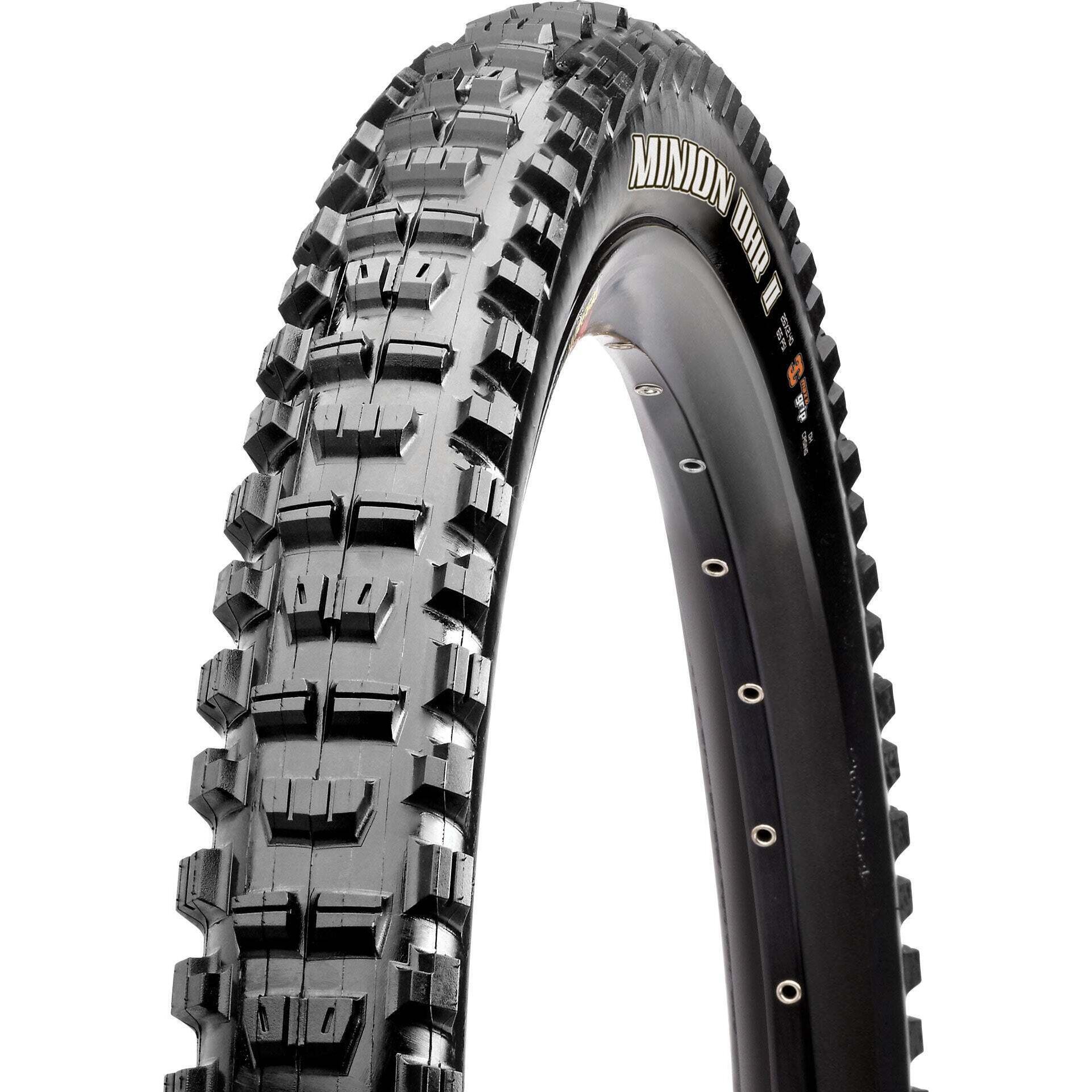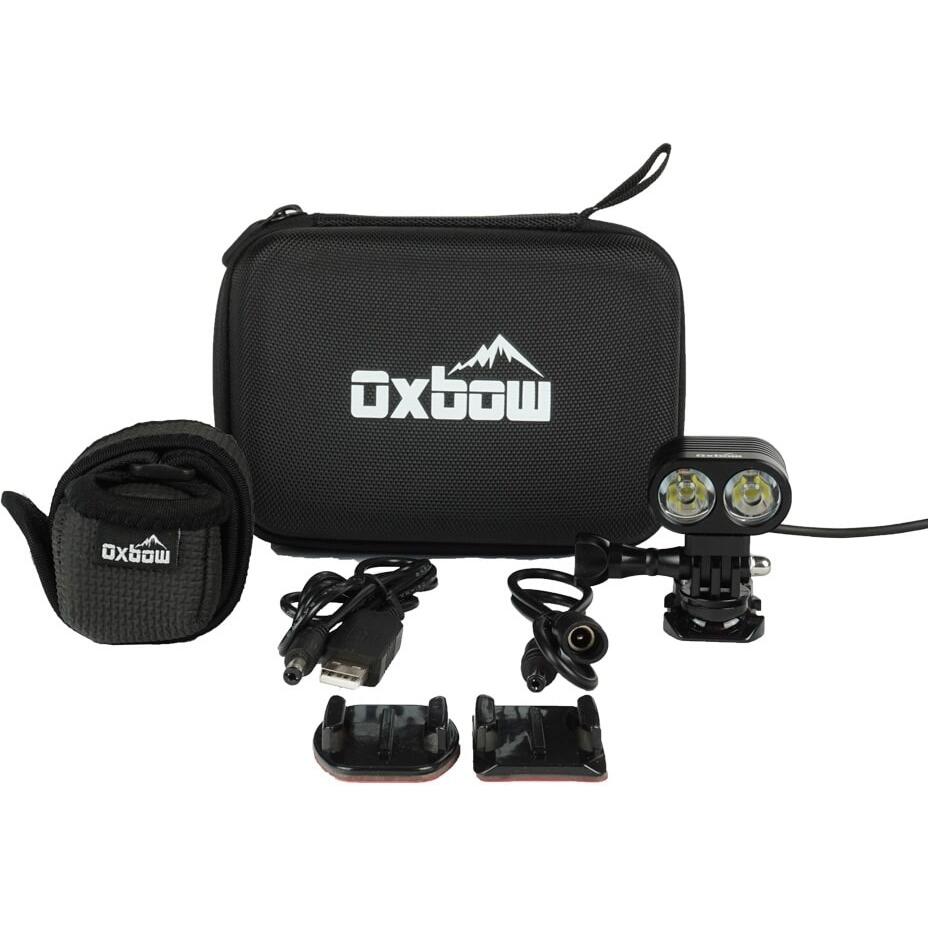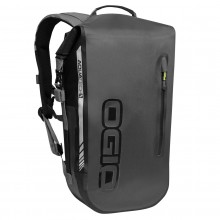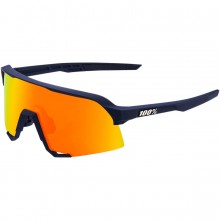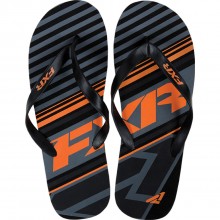
Beginner's Guide to Motorcycle Gear
Gearing up safely doesn't have to bust the bank. Here are our top picks for beginner riders.
Shop All Gear
Jul 18, 2022 — In terms of gear, there are 3 variations on the beginner motorcyclist.
The 1st one shells out for all the top-of-the-line equipment, and shows up to driver’s ed looking like Marc Marquez without the skills.
The 2nd shows up with a bicycle helmet, hockey gloves, and two-by-fours strapped to his shins.
The 3rd little pig — smartest of the bunch — shows up with some clever entry-level gear that gets him all the safety at a fraction of the cost.
You’ll probably want to be in that last category.
Gear Up Smart
New riders will need a helmet, jacket, pants, gloves and boots. Getting all this at once can be ridiculously expensive, so we've listed the best economical choices below. And since new riders have the greatest risk of getting in an accident, we've found some cheap gear that doesn't cheap out in terms of safety .
And don't worry, we're probably vainer than you are, so we've also considered frilly things like style. Because looking cool is part of the reason we decide to ride motorcycles in the first place, right?

Helmet
In Canada, you’re legally required to wear a DOT, ECE or Snell approved helmet. Motorcyclists love to bicker about which of these standards is the best, with the common consensus being that ECE and Snell are superior to DOT. Our advice is to get a helmet certified by DOT and one of the other two, because two stickers are safer than one.
With helmets, you cannot buy used. They’re easily damaged, and even a visually perfect specimen might be totally compromised on the inside. Besides, most helmets have a lifespan of three to seven years.
It’s also worth taking the time to properly measure your noggin before buying a helmet. When your helmet arrives, play around with the removable padding to get a good fit. After all, the safety ratings are only useful if the helmet fits your head to begin with. And before I numb your brain with theory, here are our concrete recommendations:
Full Face Helmets
For beginners, we recommend using a full face helmet. Nearly 50% of helmet impacts occur in the face area, so you’ll want to be protected there. Once you’ve been riding for a few years, you’ll become more familiar with your potential risks. Until then, play it safe.
Modular Helmets
Modular helmets let you have your cake and eat it too. The lower portion of a modular helmet can be flipped up, which effectively gives you an open-face lid (although it's rarely recommended that you ride in this configuration). So, you can be protected while riding and versatile when parked. Nifty!
Open Face Helmets
A lot of people opt for open-face or half-helmets. Nothing quite beats the freedom of feeling the wind on your cheeks — of course that also leaves you exposed to the onslaught of bugs that inevitably follow.
For more on helmet types, check out our handy guide here.
Jackets
Riding gear is all about preparing for the “er.” On a motorcycle, rain becomes rainier, wind becomes windier, cold becomes colder and – just to mess with you – hot becomes hotter. If you’re only buying one jacket, you’re going to need something that is protective and waterproof, but also well ventilated.
Textile is our material of choice. Here, versatility is the name of the game, and many of these models feature zippered vents, a waterproof membrane, and removable layers.
Pants
I’m not going to get all high and mighty here, and pretend that I never ride in jeans. Of course I do – almost every rider does it. Is it safe? Well, not really. Denim will hold up through about 10 feet of sliding, while leather will stand for well over 100. For a real life translation, that means that bailing in jeans will result in some serious road rash. And believe me, 90 feet is the difference between walking away and wincing at the sight of a shower for a month.
Of course, it’s normally awkward to show up at work in leather pants. Plus, leathers are expensive. So, we recommend grabbing a pair of armored jeans. Most have Kevlar inserts in strategic areas, which makes them much more abrasion resistant than regular pants.
For rainy weather, just grab a cheap rain shell to stick in your saddlebag. If you will be doing a lot of rain riding, however, it’s worth picking up a proper waterproof pant instead of the armored jeans.
Boots
In a motorcycle boot, you should look for something that is durable, supportive, and above the ankle. This will provide protection and support in case you do down. Plus, your feet will be guarded against bumps and burns while riding.
To be honest, a good pair of steel-toed leather hiking boots can do the trick. However, there are some advantages to using a true motorcycle boot. For one, they’re often specially designed to be oil resistant. Plus, the durable soles will stand up to the metal, serrated foot pegs. The main advantage to motorcycle boots, however, is the ankle and toe protection. This is especially important for dirt riders, who often put a foot down while executing a turn.
What you choose will depend on the type of riding that you do. Aggressive street riders should look for a lightweight and rigid boot. If you’re a cruiser — or a less intense street rider — then an all-around comfortable and protective boot is going to be the best bet.
Gloves
A good pair of gloves should offer the motorcyclist five things:
They should be comfortable, because life is too short for uncomfortable gloves.
They should have a long gauntlet, because it isn't fun to get wind, rain or wasps up your sleeve.
They must be abrasion resistant, because even if you wipe out at 100 km/h, you’re still going to try to break the fall with your hands.
They should be warm and water resistant, because Mother Nature doesn't pull her punches.
Finally, motorcycle gloves must allow for dexterity, because it’s hard to operate a fine-tuned machine with puffy mitts on.
As always, there is a myriad of selections for ADV, cruiser and street gloves. Unlike the previous gear, however, gloves are normally inexpensive; so it's easy to find a budget pair that suits your style.
Non-essential essentials
Confusing, eh? These are things that everyone should have but only some riders really need. Tool kits, patch kits, intercom systems, hydration packs — it continues ad infinitum. Like the rest of us, you’ll collect this stuff over the years through birthday presents, sales and the like.
For now, just carry a cell phone and try not to ride too far from civilization. Of course, if you’re starting with adventure riding or long-distance touring, the non-essentials are probably essential. If this is the case, get a tool kit to match your bike, a tire repair system and some duct tape. That should tide you over until you build up a more comprehensive kit. Also, ride with more experienced buddies – they’ll have the gear to bail you out in a pinch.
The Cost
We've been through helmets, jackets, pants, gloves and boots - plus a few optional-ish extras. This may seem like a lot, but we wouldn't be able to sleep at night if we recommended anything less. And remember: all of our recommendations sit at a cost-effective level, so you’ll be able to grab the essentials without putting a massive dent in your wallet.
You're a motorcyclist now, so get charged up and have some fun shopping for this stuff! And when have all the equipment, there’s only two things to remember:
Use it! Around here, we live by the acronym ATGATT — all the gear, all the time. That’s because accidents don’t always happen in the middle of an epic cross country quest. Sometimes — maybe most of the time — we slip-up while zipping to the corner store for milk.
You’re not invincible! After donning all this gear, you’re going to feel like superman in a suit of armour. But dressing for the crash doesn't mean that you have to have one. The best protective gear will always be your own brain. Use it, and ride safe.
Best Beginner Motorcycle Gear – What Do You Really Need?
Picking motorcycle gear as a beginner can seem like a daunting task, especially on a 2020 budget. Don't worry though — we're here to simply things for you. Eventually.

Related Articles
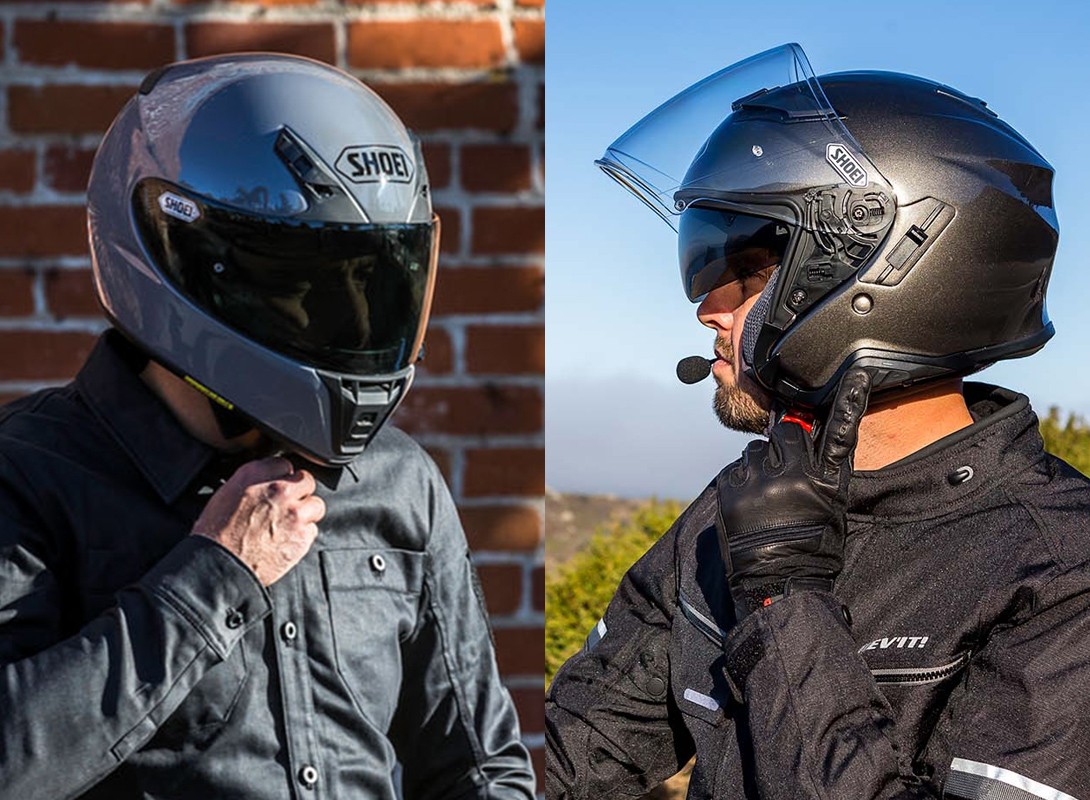
Types of Motorcycle Helmets
There are 6 different types of motorcycle helmets out there. Pick the one that best suits your riding style.

5 Telltale Signs of a Bad Used Motorcycle
Buying a used bike, or a lemon? Here are 5 methods to Sherlock your way into a good buy.

A Guide to Motorcycle Gear Ratios
Everything you need to know about gear changes and ratios. Fine tune the power delivery to your rear wheel.



